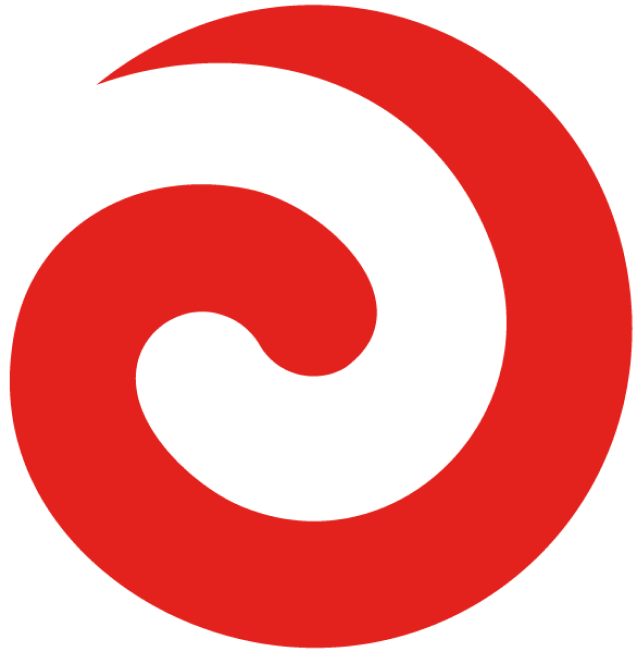Plans are underway to engage iwi Māori in a project to understand how avian influenza and other potentially devastating viruses could impact Aotearoa, as the highly infectious H5N1 spreads globally.
Te Niwha, a national infectious diseases platform led by director Te Pora Thompson (Ngati Hauā), is tasked with improving Aotearoa’s preparedness for future pandemics and has a mandate to ensure projects partner with iwi.
“For many of these [scientific] organisations, it’s very new and we don’t want just a superficial one [project].
“We want to go a lot deeper where we’re training the people [iwi] themselves in different techniques, like genomic [DNA] on one hand, and on the other hand our people are working with scientists to help them better understand why we do these things,” says Thompson.
“So we’re very, very careful and dig a little bit deeper because we have to, otherwise it’s any other research project and there’s nothing about it [that’s Māori].”
One of the projects Te Niwha is overseeing is a research effort by scientists, with iwi and local communities, to develop a portable in-field environmental DNA detection tool for bird flu and other viruses as part of an enhanced nationwide surveillance system.
Te Niwha scientists have identified an influenza virus as one of the most likely causes of the next global pandemic.
Wild aquatic birds carry a wide range of viruses and commonly spread them to other species and environments, but the role they play in the transmission of viruses in Aotearoa and how this may impact human and animal health in the near future is unclear.
The plan is to study their role by collecting samples, such as bird faeces, from environments plentiful with sea, shore and water birds and includes sampling taonga species such as hoiho (yellow-eyed penguins), as well as collecting samples from birds in Rēkohu, Chatham Islands and the sub-Antarctic.
“This one is in the very, very early phases” of engagement with iwi, says Thompson.
Before Te Niwha came on board, project scientists had made initial contact with Ngāi Tahu and now Te Niwha is involved there has been preliminary kōrero with Rahui Papa of Waikato-Tainui, she says.
Thompson says Te Niwha needed to ensure the scientists were properly prepared before engaging in a meaningful way with iwi. This meant ensuring they recruit experts in mātauranga Māori and te ao Māori.
“They are also bringing on board a mātauranga Māori kairangahau matanga to advise a lot of that relationship.”
“At the same time, we needed placeholders in there. So I think their initial engagement with Ngāi Tahu researchers and science advisers is an initial step, a very initial step. There’s many, many wānanga for them to have,” she says.
“So some of the stuff, we’ll need to go back [to cover off culturally].”
Thompson says Te Niwha’s early conversations with Papa have been fruitful and have opened up wider possibilities for the project.
“We’ve engaged with Rahui Papa. While we’re talking about a product [project] first, there’s an interest in places like Maungatautari, the [bird] sanctuary.
“What does this [project] mean for this interaction, if we all together start this in a wider sense for the health of our taonga, our birds, but also the health of our people?”
She’s confident the Waikato-Tainui leader will have sage advice for the scientists.
“We believe Ra would be able to offer us some clear advice on who to speak to and help make those essentials a lot clearer.”
Done well culturally, Thompson believes the project could help revitalise Māori knowledge and understanding of bird life.
“What’s the story? How did we know when a bird was unwell? What were our signs? Not that we’ll compare that to science because it is just what it is. And how then [do] we share that back out to our people to look for those signs?
“There’s a bit of revitalisation in one sense to understand what our practices were anyway, and how we incorporate that [in the project]?” she says.


